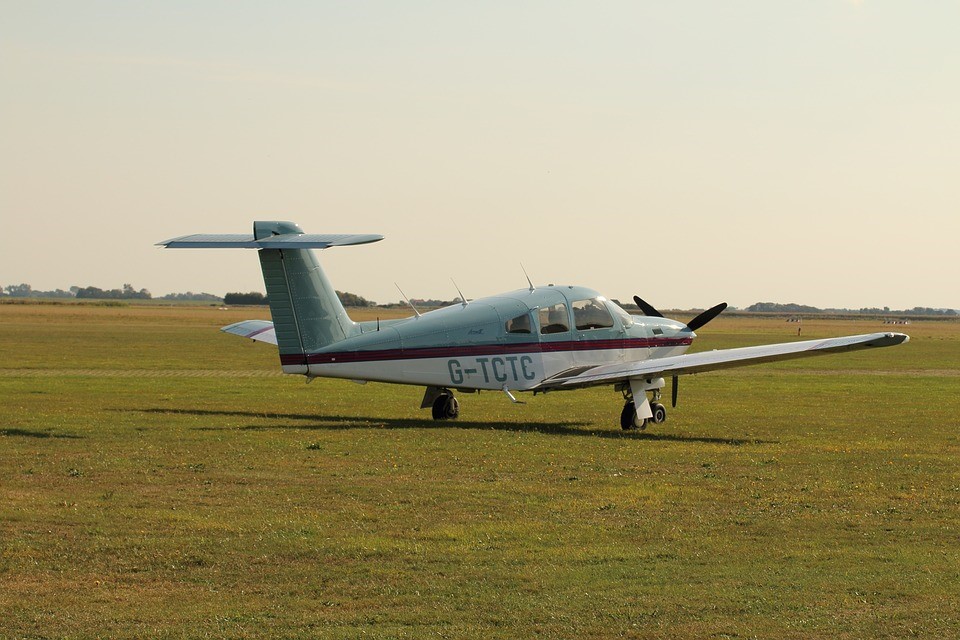Increasing The Investment Representing Your Aircraft
Small businesses often have a need to travel on short notice. Productive business interests aren’t always located near a major airport. Certain offices are in out of the way places. Security can be a chief concern. It may be necessary to work during a flight. Deloitte.com lists a number of things which indicate using private aircraft for travel could be a wise choice.
Look at your travel budget for the year. If you’re spending $20k+ on airplane tickets, you can probably save with a private aircraft; especially if your business is following a positive profit curve. According to the site in the link, 200 hours of flying annually represents $6k in fuel, or thereabouts.
If you expand that out to about $200 an hour when all things are fully calculated, you’ll have a pretty accurate estimate of the costs involved witj a lower-end private aircraft.
 If you spend $50k on a single-engine fixed-wing aircraft and have enough associated travel costs, you could end up seeing cost-reduction within five years or less. When a round-trip commercial ticket is pushing $500, forty trips in a year makes $20k. It adds up quick; and that doesn’t include associated travel costs like food and lodging.
If you spend $50k on a single-engine fixed-wing aircraft and have enough associated travel costs, you could end up seeing cost-reduction within five years or less. When a round-trip commercial ticket is pushing $500, forty trips in a year makes $20k. It adds up quick; and that doesn’t include associated travel costs like food and lodging.
While buses can provide exceptionally cost-effective transit, they’re an option which requires a time deposit that isn’t always worth the value in fare reduction. Likewise, maintenance, insurance, and fuel can make company vehicles ineffective over long distances.
Looking At Things Critically
Depending on the scope of your business, you’re going to reach a ceiling with ground-borne vehicles where a plane will ultimately yield greater return for your investment. Of course, that’s going to differ for every company; but many organizations these days are going the private flight route precisely because the balance has shifted.
You may or may not be poised to do the same, but if you do decide to go the aerial route, you want to take a few additional things into consideration; like the FAA requiring a yearly inspection predicating continual maintenance on your craft, or your prospective need to store it safely and upgrade when possible.
For these things, you’re going to need a supplier of parts and accessories related to aircraft. Whatever supplier you choose should have exceptional solutions on demand from name-brand parts manufacturers and aircraft engineering suppliers. Companies like Lycoming.
According to AeroInStock.com, Lycoming fuel pump components feature: “…actuating arms [that] are magnetic particle-test inspected; cast parts are inspected for wear, corrosion, and cracks.” Parts sourced from the right organization (Lycoming in this scenario) have been tested and re-tested for maximum utility, safety, and reliability.
Think Outside The Box
Get the maintenance aspects of your aircraft transit solution figured out and you’ll not only increase your business’s potential reach, but their community standing. Why? Well, many small businesses who retain aircraft find that such aircraft have collateral uses that sometimes even provide positive PR.
If you’re using your private aircraft a third of the year’s calendar, that still leaves two thirds empty. In that time there will be parades, festivals, and any number of local events where an aircraft with a banner, or giving tours, or available in an emergency could potentially become known by everyone in the area.
Many small businesses who source a private aircraft internally also conduct flying lessons, local tours, and medical emergency transport facilitation. That good publicity should comes as a result is simply icing on the cake.
The cost of such diversification can be slightly steep, but if you’ve got a discretionary fund, using it on an aircraft for your company could end up being very lucrative.

